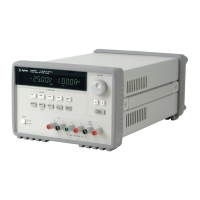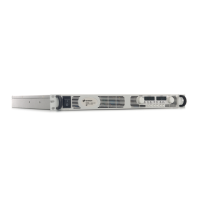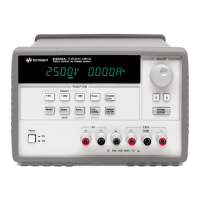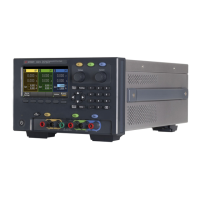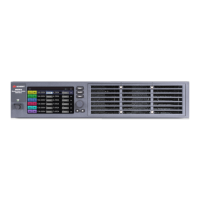1 Calibration Procedures
52 Keysight U3606B Service Guide
CV noise effect (peak-to-peak or RMS noise)
This test measures the peak-to-peak or RMS output voltage in the frequency
range from 20 Hz to 20 MHz.
1 Turn off the instrument and connect a differential amplifier and a fixed resistor
(30 Ω for S1 range, 2.67 Ω for S2 range, or 0.33 Ω for S2m range) between the
front panel (red) and (black) output terminals (see Figure 1-12, “Test
setup for constant voltage noise effect (peak-to-peak and RMS noise)
verification,” on page 35).
2 Connect a 50 Ω feed-thru termination to the differential amplifier output and
an oscilloscope to the 50 Ω feed-thru termination.
3 Turn on the instrument. Press [Voltage] to select the constant voltage mode.
Ensure that appropriate range is selected.
4 Set the output voltage to the full rated value (30 V for S1 range, 8 V for S2
range, or 1 V for S2m range) and current to full scale. Enable the output.
5 Configure the differential amplifier as follows:
a Set to the AC mode (positive and negative) to remove the DC component.
b Set to the differential mode.
c Set the gain to ×10.
d Set the attenuation to 1.
e Set the low-pass filter to 20 MHz bandwidth limit to filter out input signals
containing higher frequencies.
f Set to the zero precision voltage generator.
g Set the input impedance to 1 ΜΩ.
230 V
ac
207 V
ac
253 V
ac
S1 (30 V) ±0.003 V
S2 (8 V) ±0.003 V
S2m (1000 mV) ±0.0003 V
Table 1-14 Constant voltage source effect (line regulation)
verification test (continued)
Input AC line
Low line
voltage limit
High line
voltage limit
Range (parameter) Error from nominal 1-year

